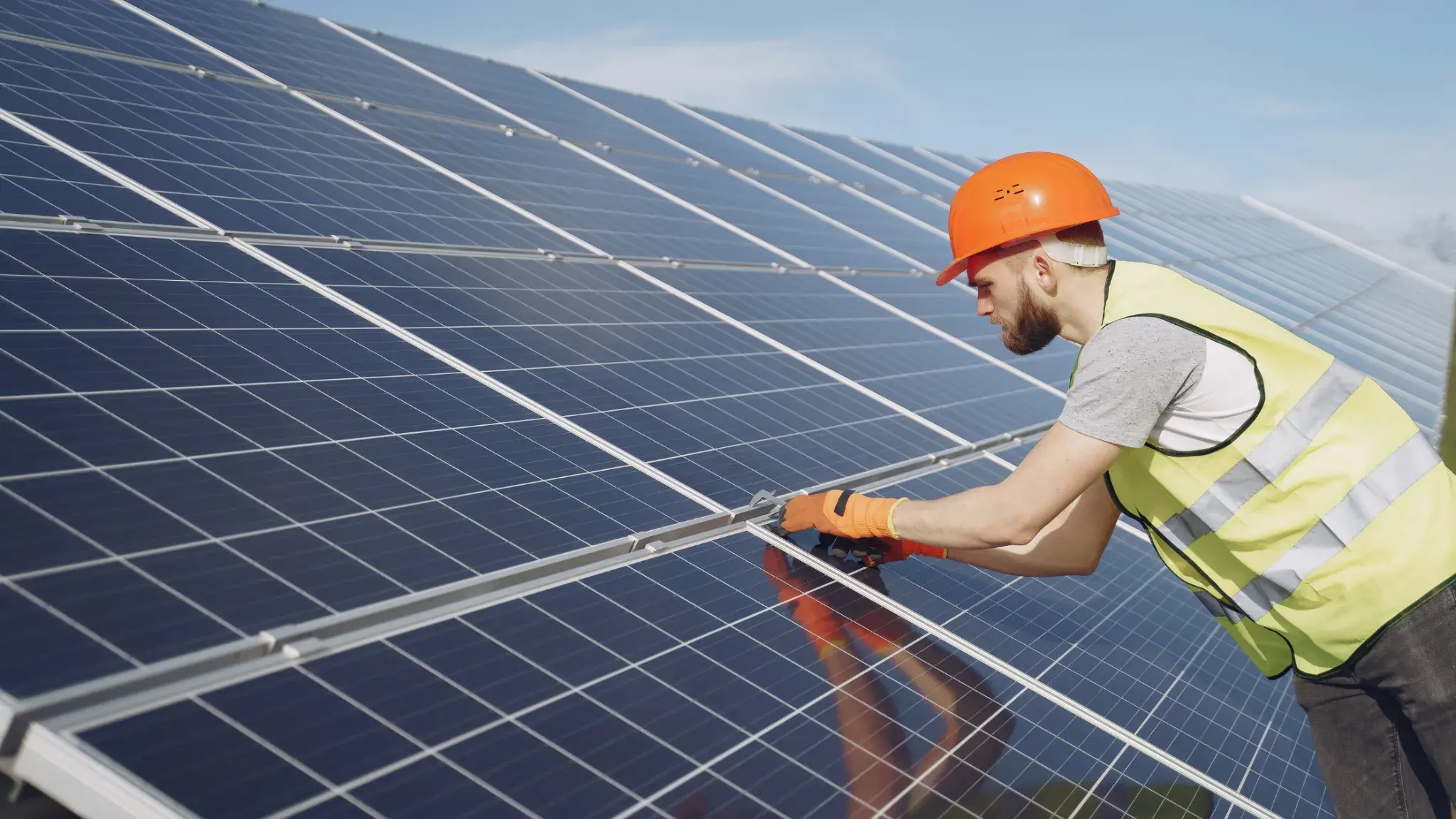2 min read
Optimizing Solar Power Monitoring with Edge Computing
![]() Jacqueline L. Mulhern
:
6/21/22 8:12 AM
Jacqueline L. Mulhern
:
6/21/22 8:12 AM

How does IoT and edge computing utilized in solar fields benefit the client? What are the 3 main things you should monitor? Let's take a closer look.
Introduction
Solar power is the use of the sun's energy either directly as thermal energy (heat) or through the use of photovoltaic (PV) cells to generate electricity. The world is focusing on PV and this is the most commonly used form of solar power generation. Global climate and political movements are driving a greater use of this technology.
Advantages of this technology include:
-
It's a renewable energy source
-
It reduces electric bills
-
It has diverse applications
-
Low maintenance costs
There are a few drawbacks though, and they include:
-
Weather-Dependent. Although solar energy can still be collected during cloudy and rainy days, the efficiency of the solar system drops when there is little or no sun.
-
Solar energy storage Is expensive.
-
Solar panels use a lot of space.
What is remote monitoring, and why does It matter?
Edge devices embedded with artificial intelligence transmit data collected by sensors to a secure software package. They are easy to scale, have low power, and use cellular networks to communicate data.
Asset monitoring provides accurate real-time information on an asset's status and helps schedule maintenance, and notifies managers about operational anomalies.
Types of Solar Monitoring
-
Power quality - Monitoring the quality of the power generated by the solar field is of great importance to both the power consumer and other stakeholders in the grid. Poor power quality is the result of bad installation practices and poor design of the PV equipment.
-
Panel efficiency - Dust and other debris that sits on the surface of the PV panel reduce the efficiency of the panels and can dramatically impact the operational capability of the PV field. Knowing when to dispatch a cleaning crew is vital and moving from routine maintenance to predictive maintenance is an important step for every PV operator.
-
Weather forecasting - Correlating the PV field with the actual site weather is an important step for calculating the real-life field.
Conclusion
This technology has several benefits. There is a reduction in annual Operations & Maintenance (O&M) costs, an increase in an asset's lifetime and site uptime, greater profitability, and greater power generation.
Other advantages include a reduction in the number of physical visits to the site, real-time actionable alerts and quick diagnosis of glitches or failure of a plant; easy access to multiple sites at one time; and weather correlation and benchmarking enabling immediate troubleshooting. It's beneficial to both the solar developer, as well as the offtaker to opt for remote monitoring of the plant.
Call Ayyeka at +1 (301) 876-8040 to start the journey to digitalize your solar assets.

